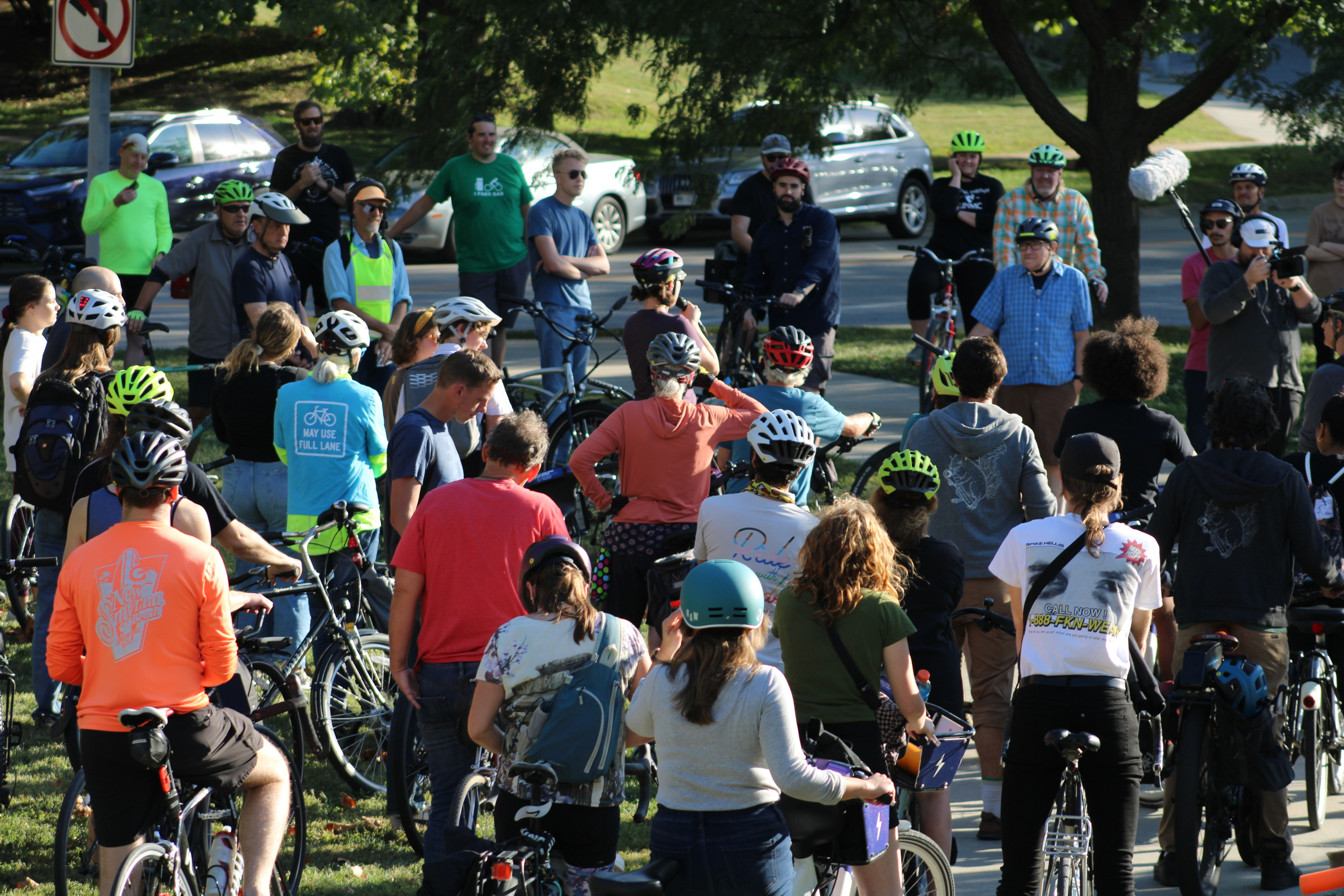The Metropolitan Area Planning Agency (MAPA) just released its Traffic Growth, Top Intersection, and Top Interchange reports for 2012.
 MAPA does this report every two years by aggregating traffic count data from local jurisdictions, the Nebraska Department of Roads, and the Iowa Department of Transportation. The Top Intersection and Top Interchange reports aggregate counts at locations throughout the metro to identify and rank the intersections moving the highest traffic volumes. The Traffic Growth Report aims to provide a snapshot of the geographic distribution of Vehicle Miles Traveled (VMT) in the region. Additionally, this report compares the current figures to previous versions of the report to identify trends within each area of the region.
MAPA does this report every two years by aggregating traffic count data from local jurisdictions, the Nebraska Department of Roads, and the Iowa Department of Transportation. The Top Intersection and Top Interchange reports aggregate counts at locations throughout the metro to identify and rank the intersections moving the highest traffic volumes. The Traffic Growth Report aims to provide a snapshot of the geographic distribution of Vehicle Miles Traveled (VMT) in the region. Additionally, this report compares the current figures to previous versions of the report to identify trends within each area of the region.
Overall, the Traffic Growth Report shows that VMT has essentially stabilized in the region over the last decade. This trend mirrors the larger national trend that shows a similar flattening of traffic growth. More strikingly, as the population continues to grow, VMT on a national level has decreased in recent years.
However, nationally these trends have not slowed the development and implementation of roadway widening. Locally, MAPA Executive Director, Greg Youell, noted in an interview about the reports that these new figures serve as justification for additional roadway widening in West Omaha and suburban parts of Sarpy County. While systematic road widenings are the status quo, these types of projects have been shown to “induce demand” and generate more vehicle trips– often making congestion issues even worse. The data, as well as findings from MAPA’s Heartland 2050 efforts, don’t seem to align with a call for more road widening. Nor does it align with the goals of the Omaha Master Plan as we’ve recently noted.
As a result of this “capacity-oriented” approach, many communities are now faced with overbuilt roadway networks and extraordinarily high maintenance costs. This has lead Omaha and other communities to consider “road diets” and other approaches to undo past capacity-enhancement projects as well as better accommodate people who walk, bike, or use transit. These types of complete streets have many other benefits, including reducing roadway costs, enhancing property values and economic development, and improving safety for all users.
Do we want to keep pouring more and more money into a transportation system that is increasingly costly, unsustainable and serving only those who drive? Or would we prefer a system that reduces long-term costs and enables all of us to get around no matter which mode we choose?
Please contact MAPA’s Executive Director, Greg Youell, and tell him that the data from the traffic study shows we need investments in road design that matches current trends and regional and local government policies and plans, and which enable safe and convenient transportation choices for everyone. While you’re at it, contact the Mayor and City Council members to tell them the same.

